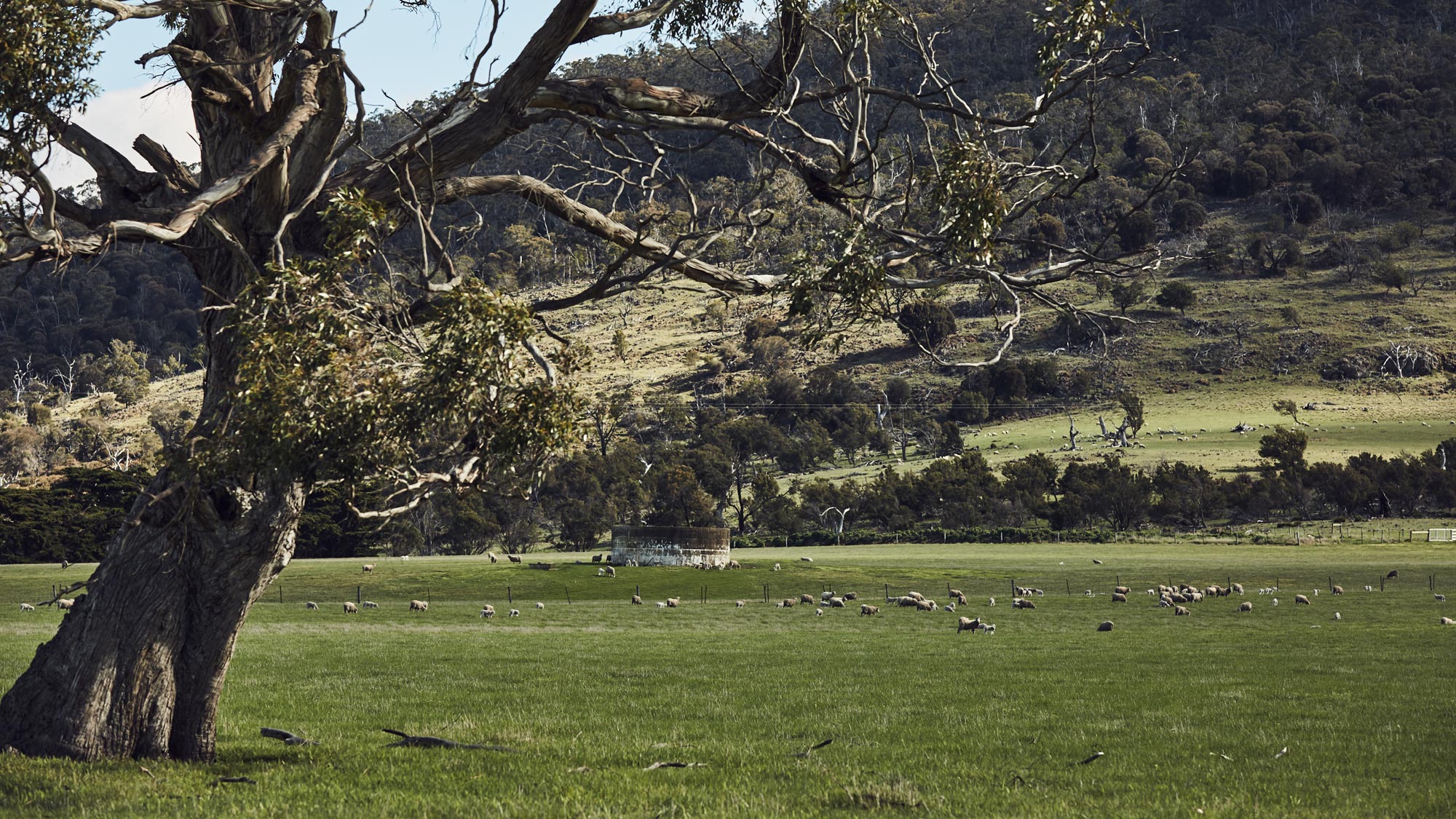Tool 5.1 Indicators of saline land
Tool 5.1 Indicators of saline land
Use this tool in conjunction with images of salinity indicator species (see chapter 5.4 signposts). Indicator species are best observed in spring when plants are flowering. Indicator species can also be influenced by their waterlogging tolerance.
| Salinity rating | Indicator species | Other indicators |
|
Low ECe 2–4 dS/m |
Wimmera ryegrass (Lolium rigidum) Water buttons (Cotula coronopifolia) Windmill grass (Chloris truncata) Wallaby grass (Danthonia eriantha) Spiny rush (Juncus acutus) Sea barley grass (Hordeum marinum) Couch grass (Cynodon dactylon) |
Generally no bare areas. There is a gradual change in pasture composition with decreased vegetation diversity and reduced growth of sub or white clover. |
|
Moderate ECe 4–8 dS/m |
Water buttons Sea barley grass Couch grass Windmill grass Spiny rush Buckshorn plantain (Plantago cornopus) leaves become dark red with salt stress Creeping brookweed (Samolus repens) Ice plant (Mesembryanthemum crystallinum) Australian salt grass (Distichlis distichiphylla) Annual beard grass (Polypogon monspeliensis) |
Small areas of bare ground up to 1 m2. White crystals may appear on the bare soil when the soil is dry at the upper salinity range. Soil surface is waterlogged or permanently moist. Animal graze and lick salty areas. Virtually no legumes are present, strawberry clover may grow but vigour is reduced. Dominance by salt-tolerant species. |
|
High ECe 8–16 dS/m |
Samphire (Tecticornia pergranulata)
|
Large areas of bare ground with salt crusts. Bare ground may be covered with dark organic stain, or with white salt crust. Halophytes are common. Salt tolerant species (e.g. sea barley grass) may dominate large areas and only salt tolerant plants remain unaffected. |
|
Severe ECe >16 dS/m |
Samphire (Tecticornia pergranulata)
|
Extensive bare areas have salt stains and/or crystals evident. Topsoil may be flowery or puffy, with some plants surviving on small pedestals. Subsoil can become exposed. Only halophytes and highly salt tolerant plants survive but they have decreased growth & some will die. |
Source: Productive Solutions for Salinity, Land, Water and Wool






